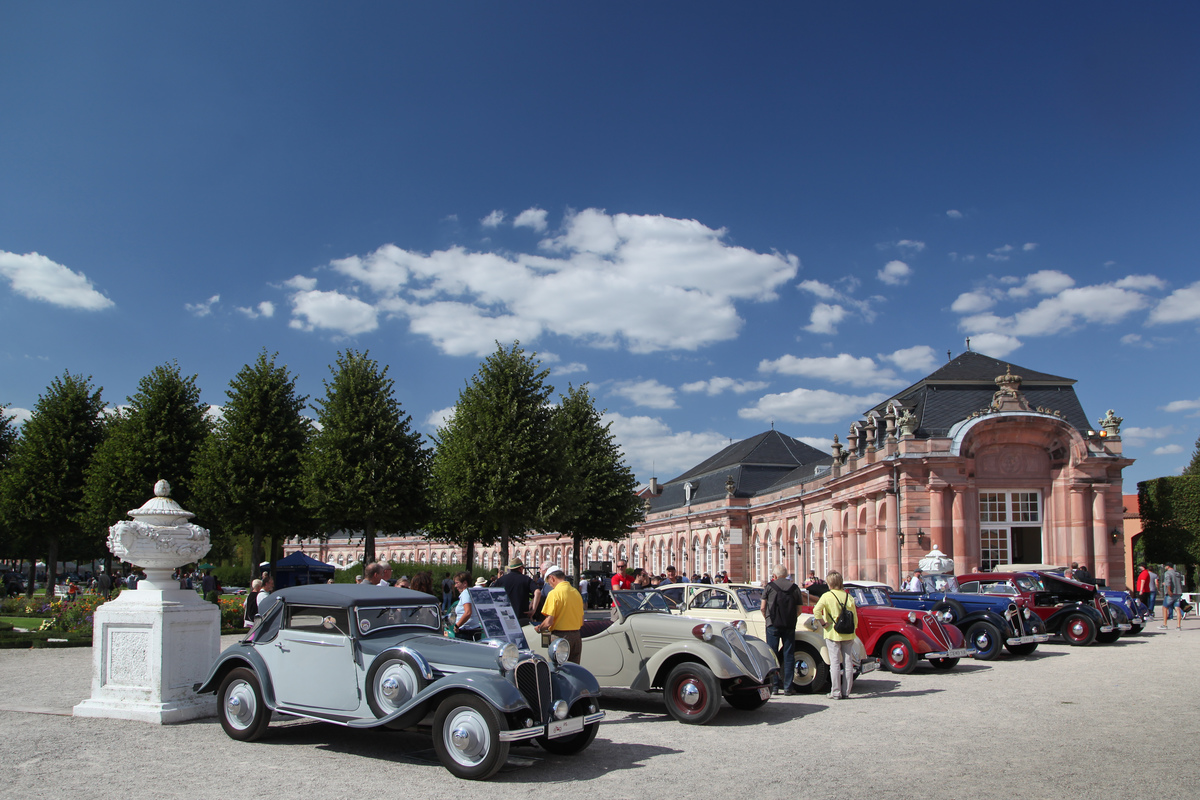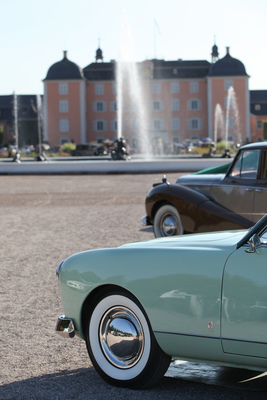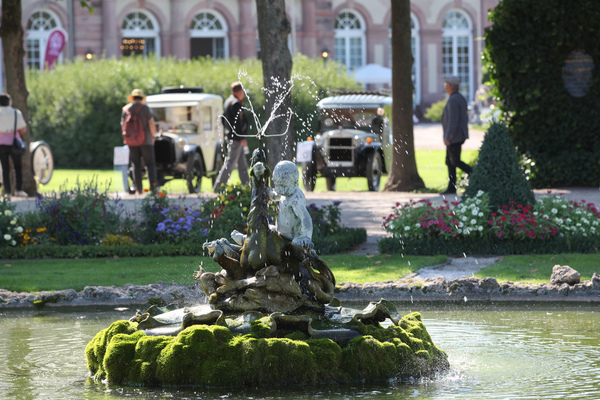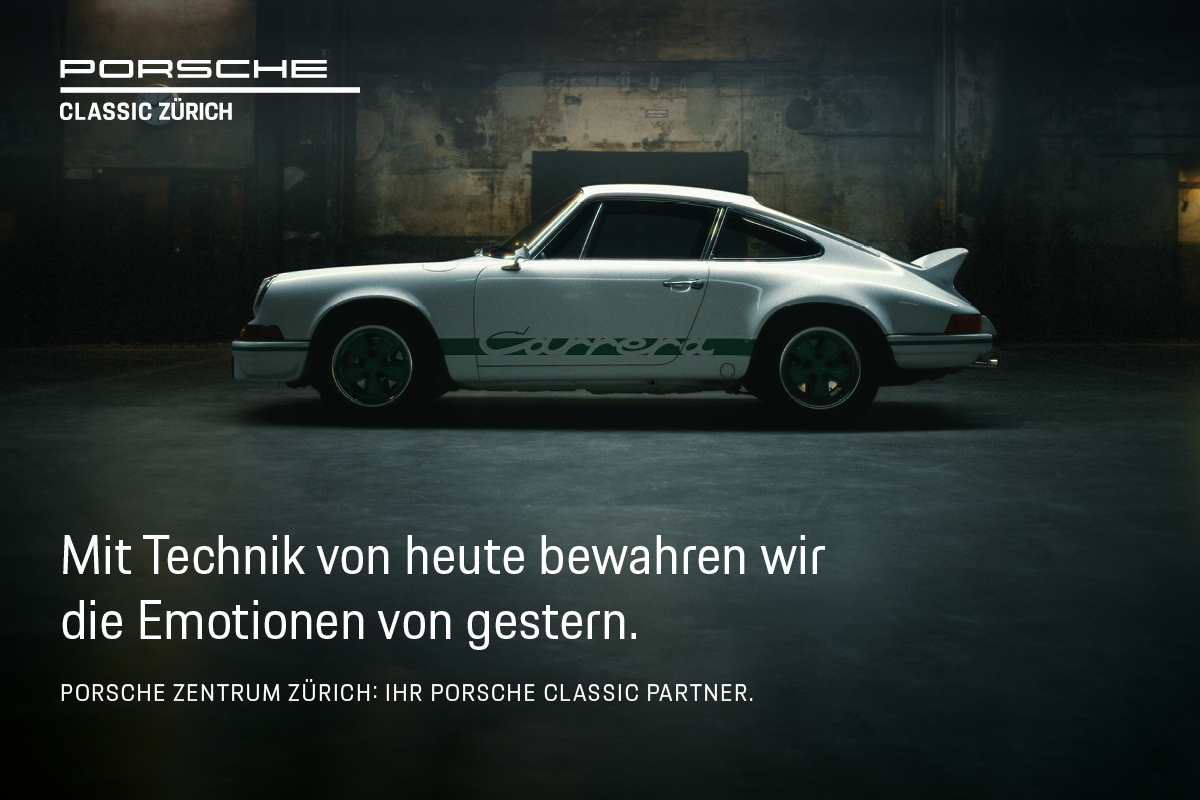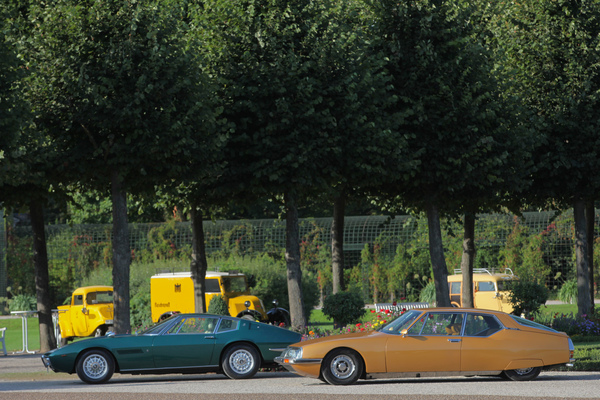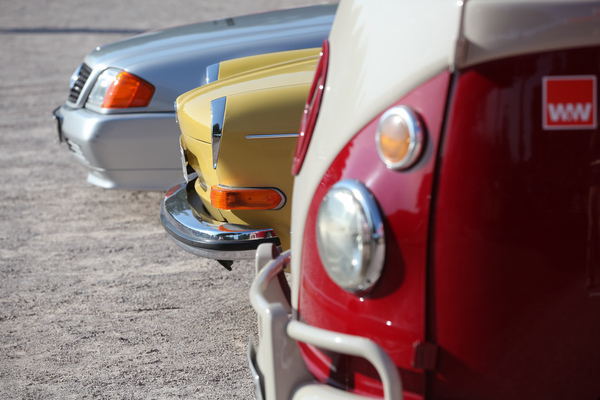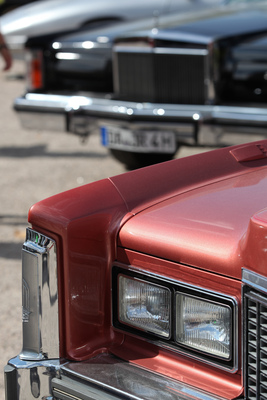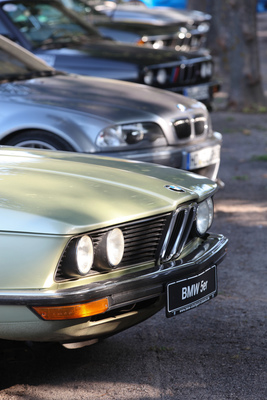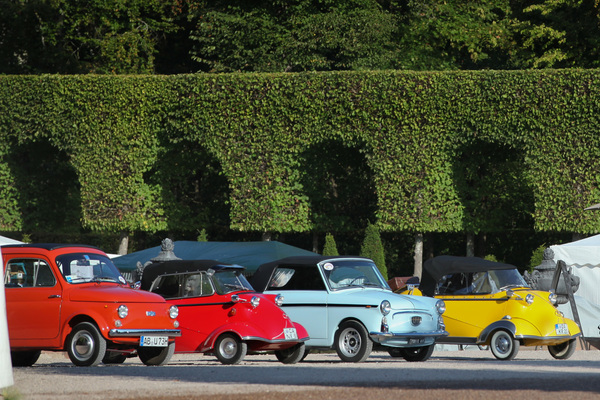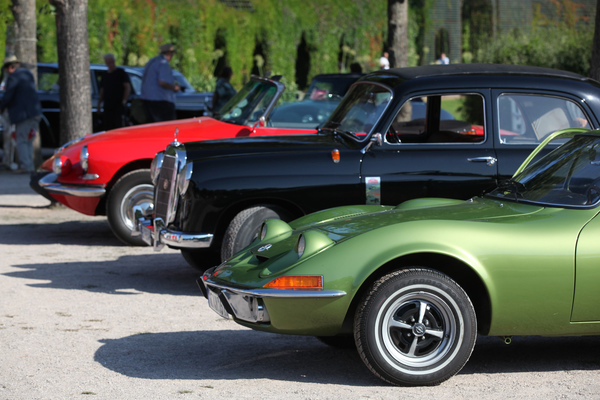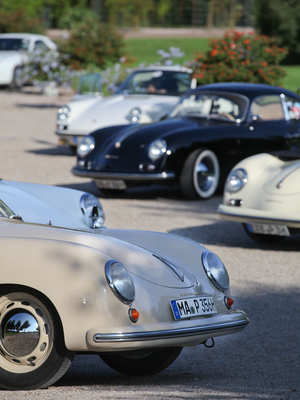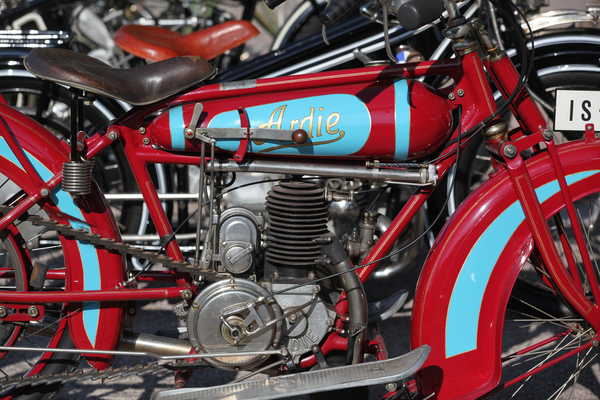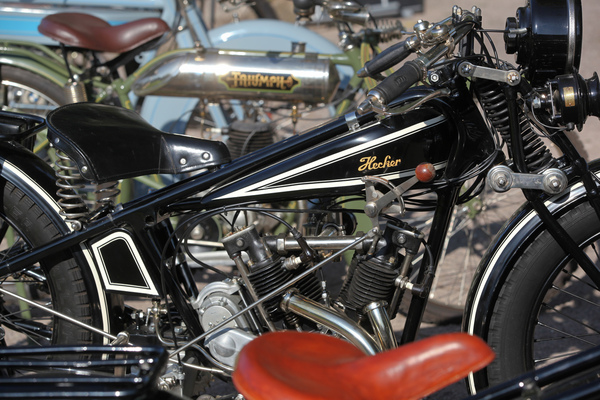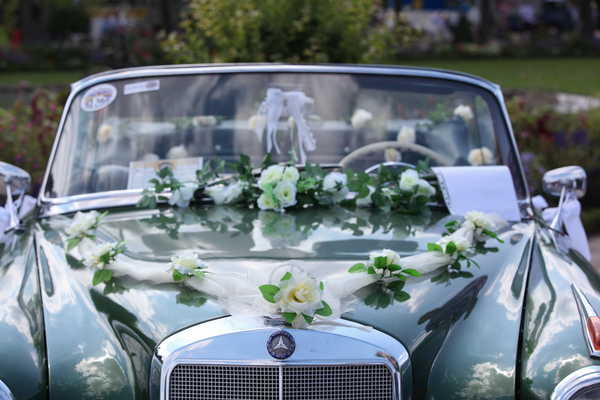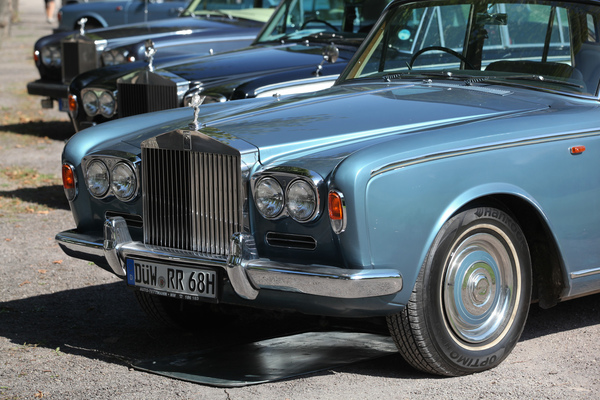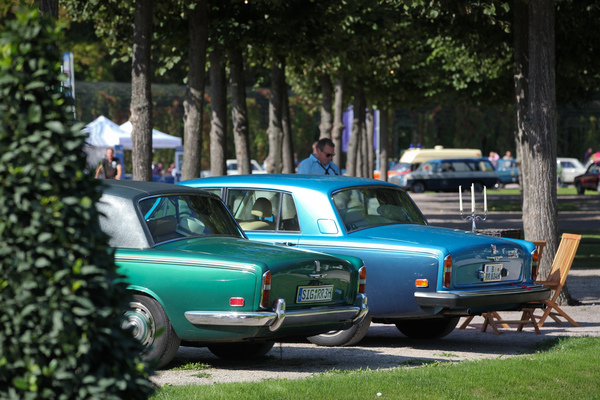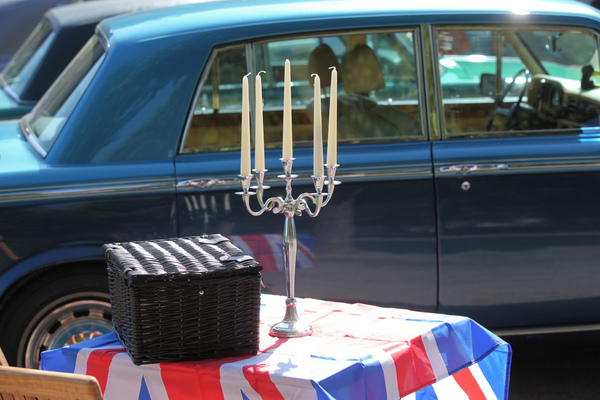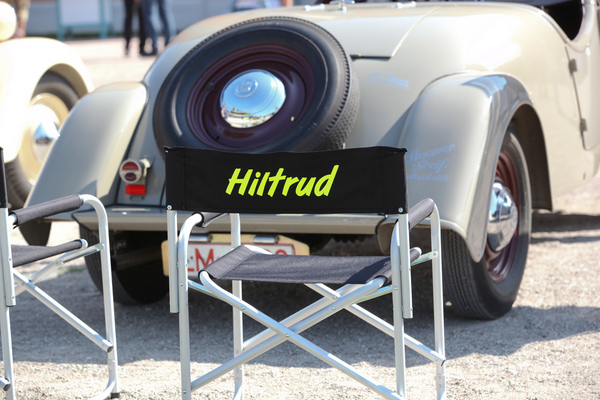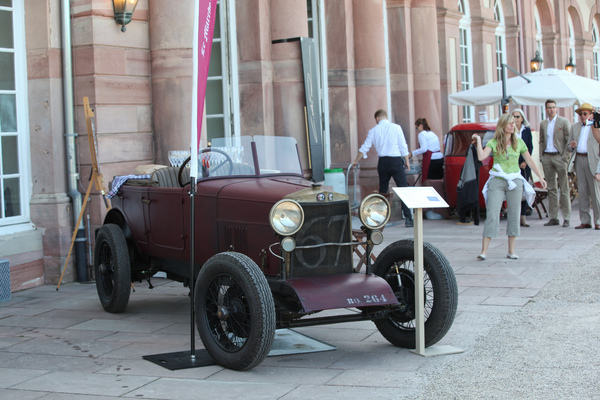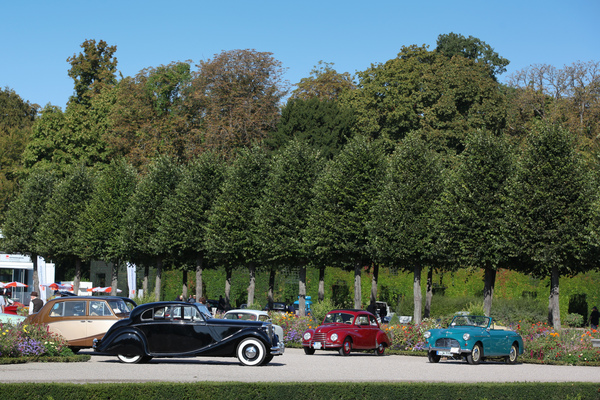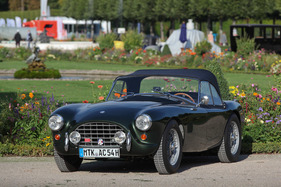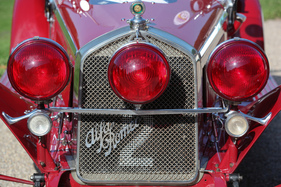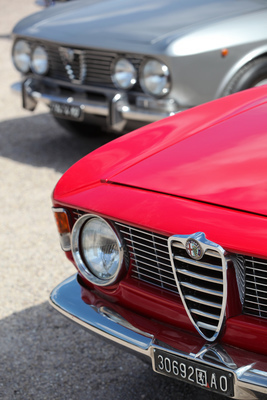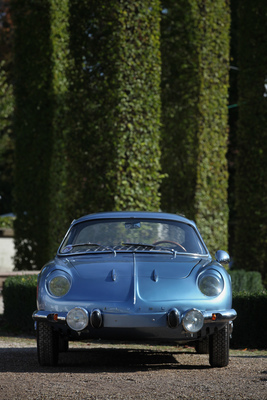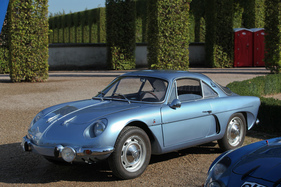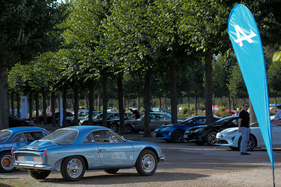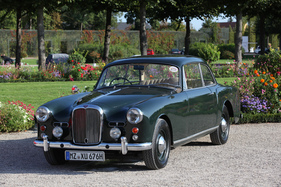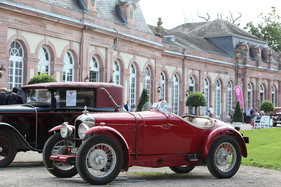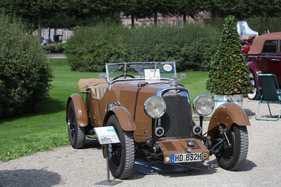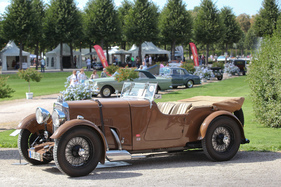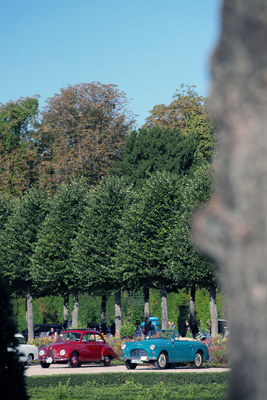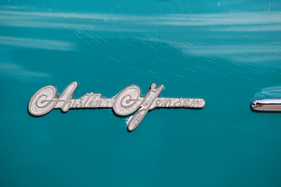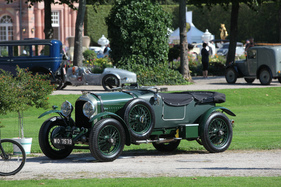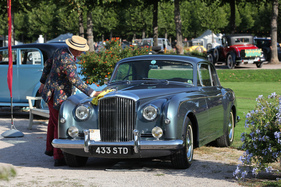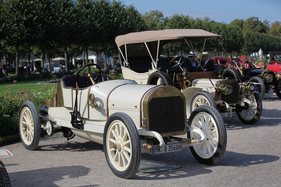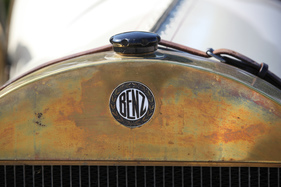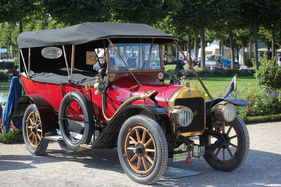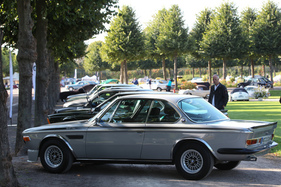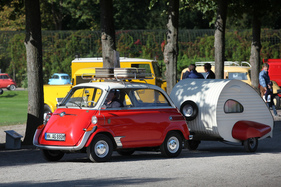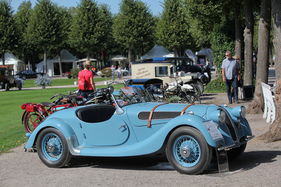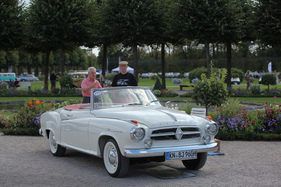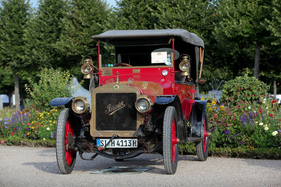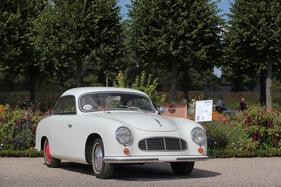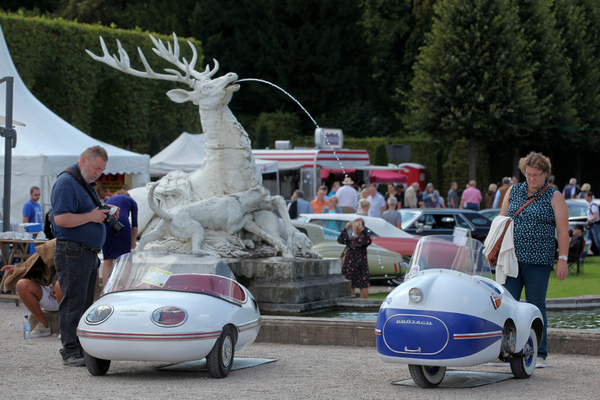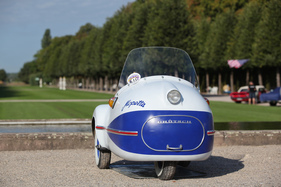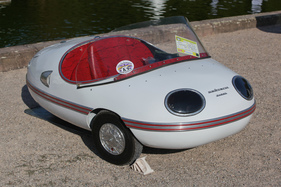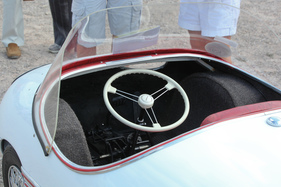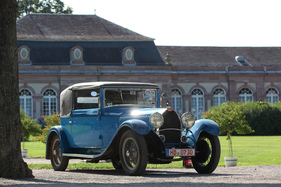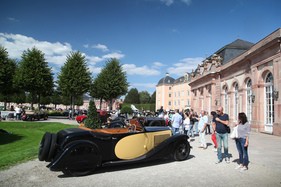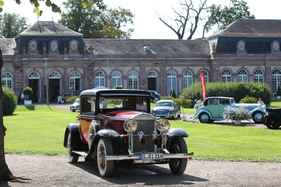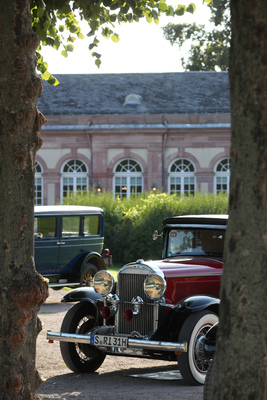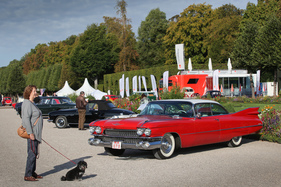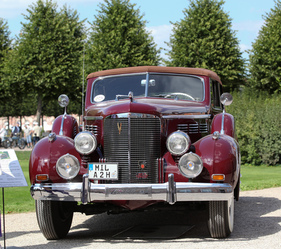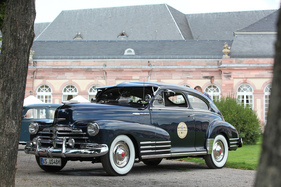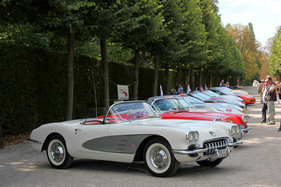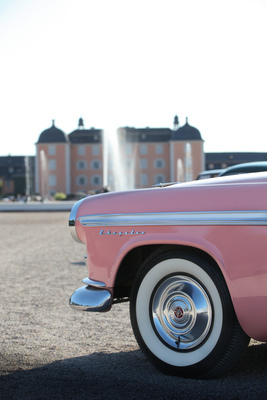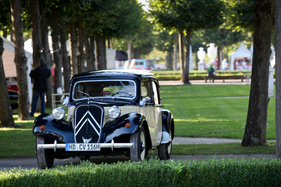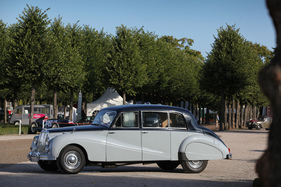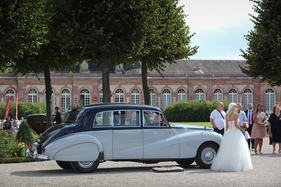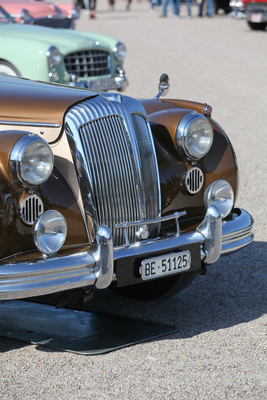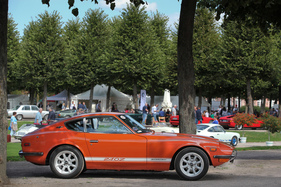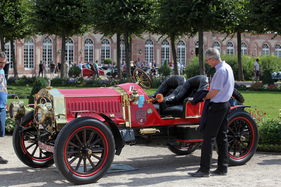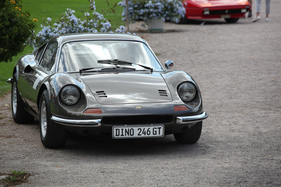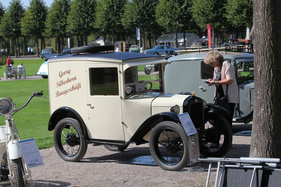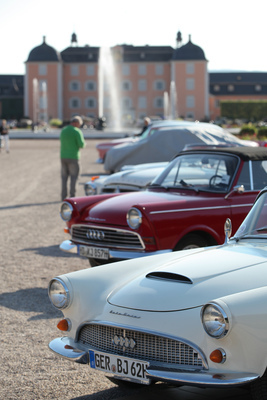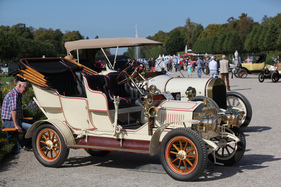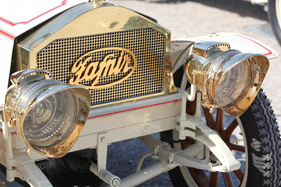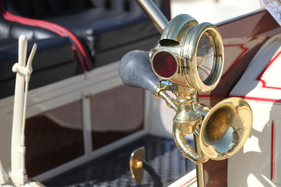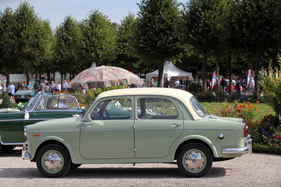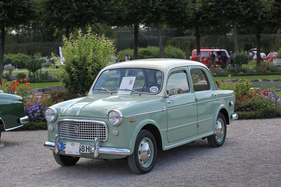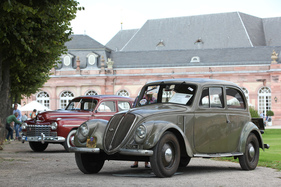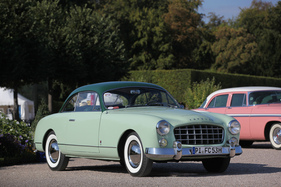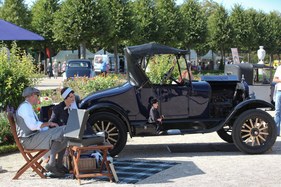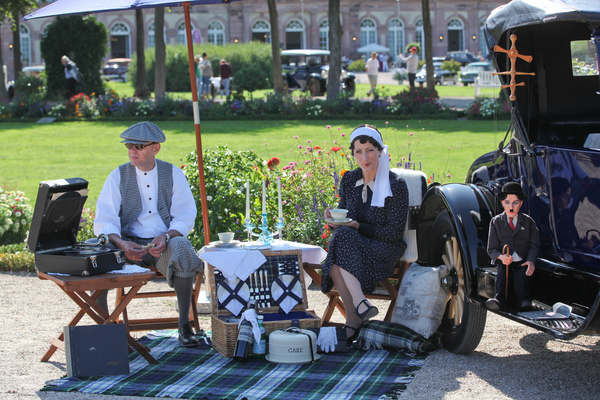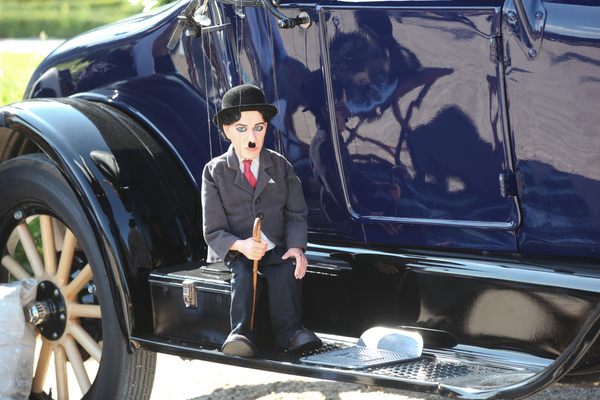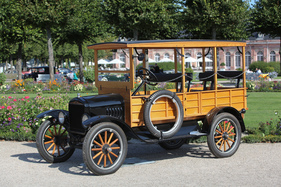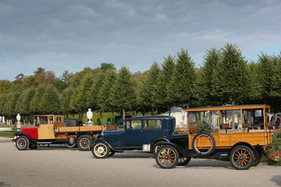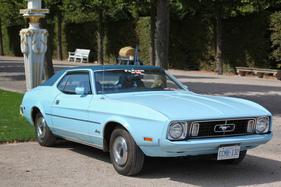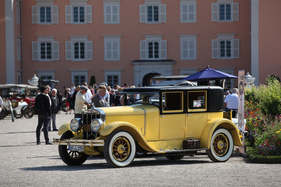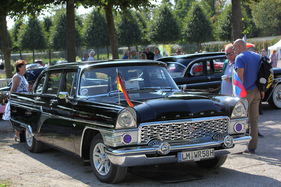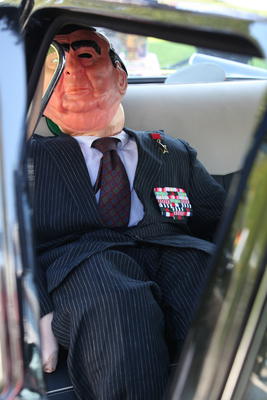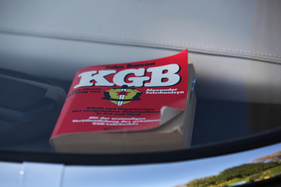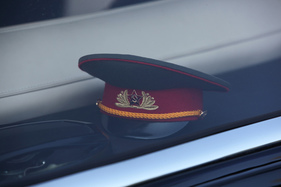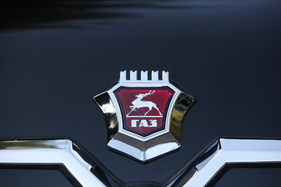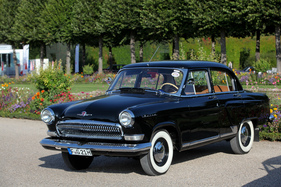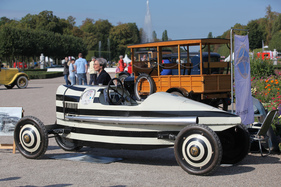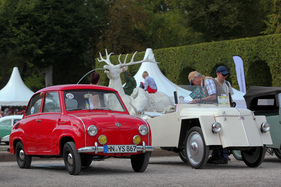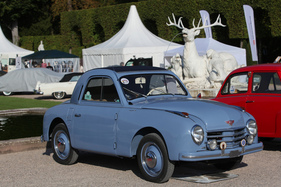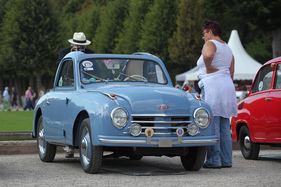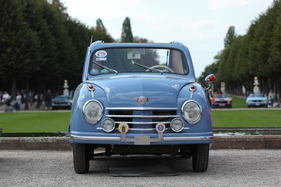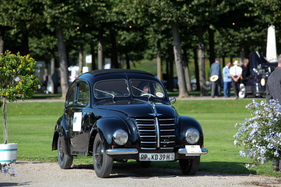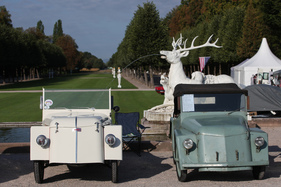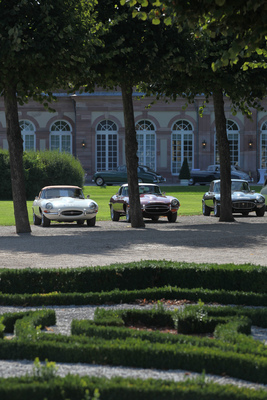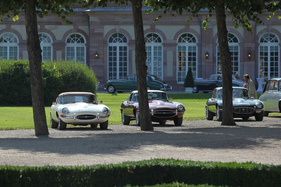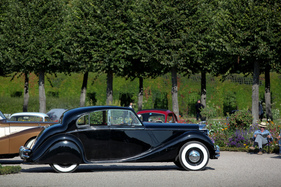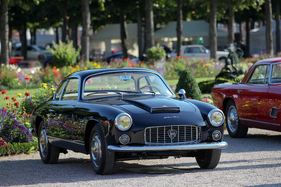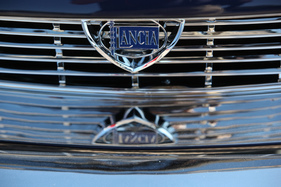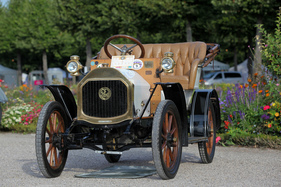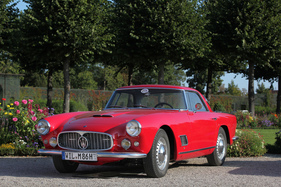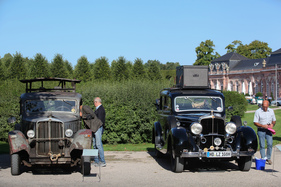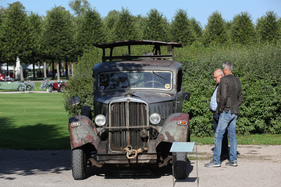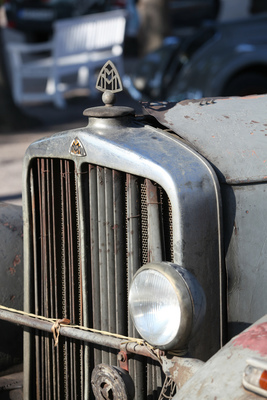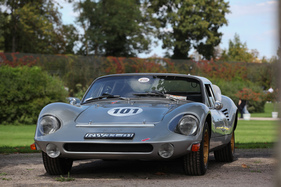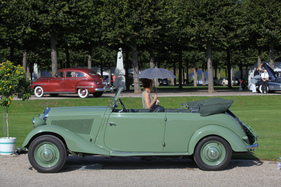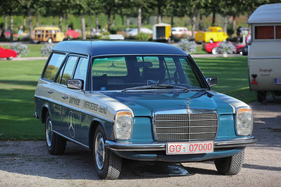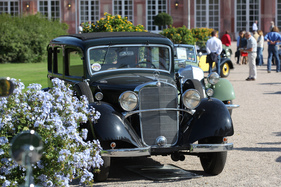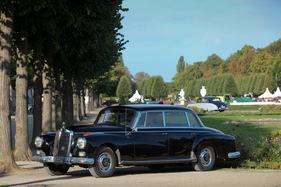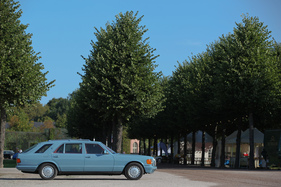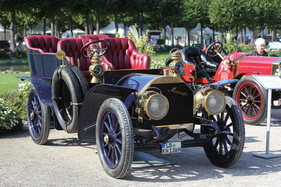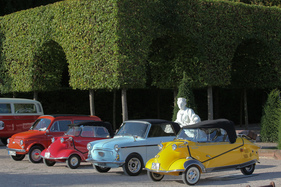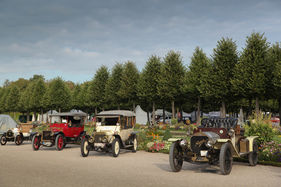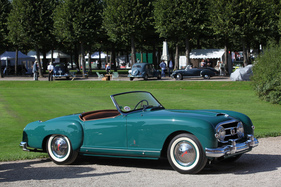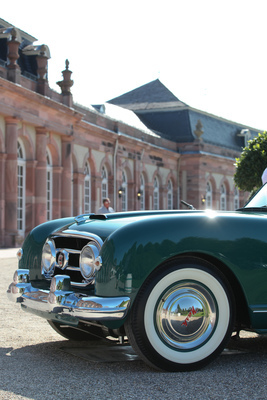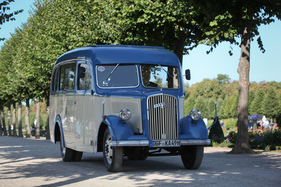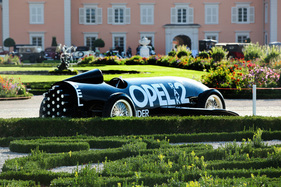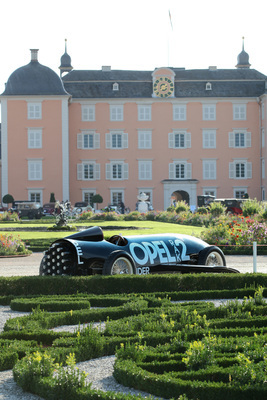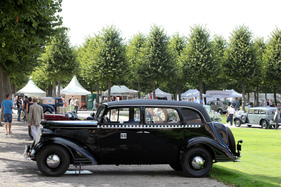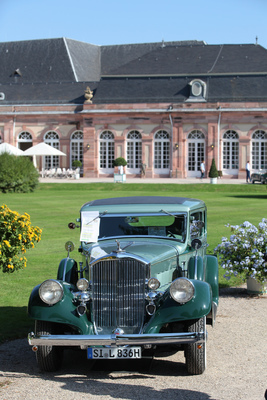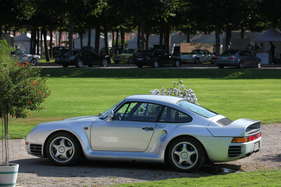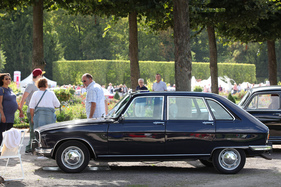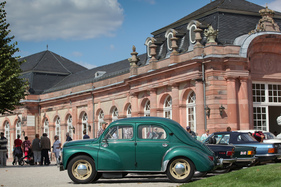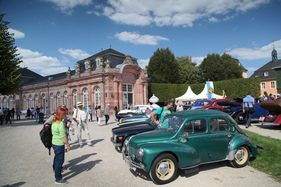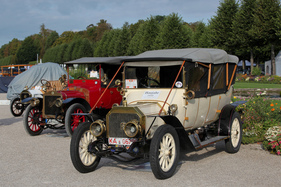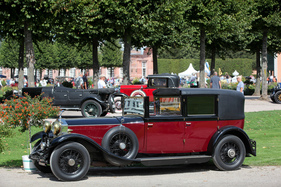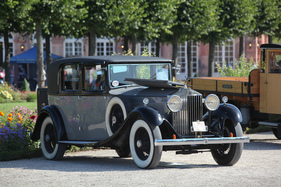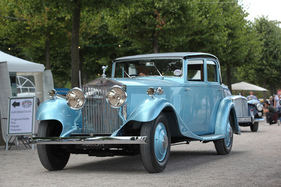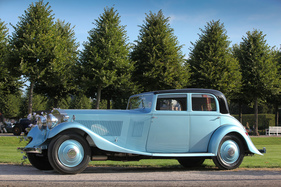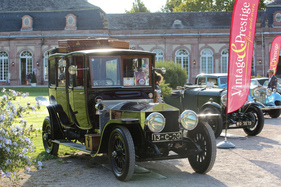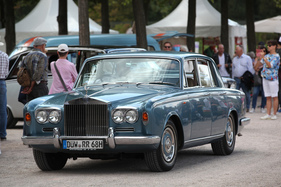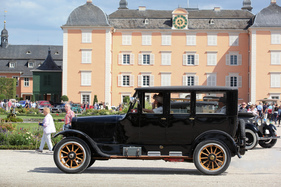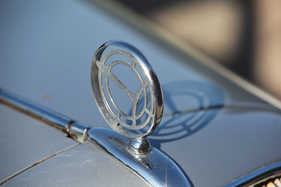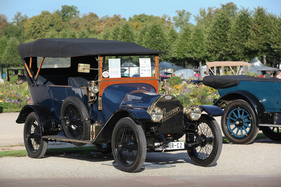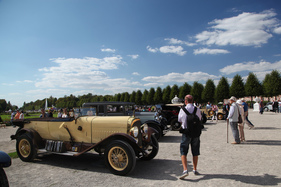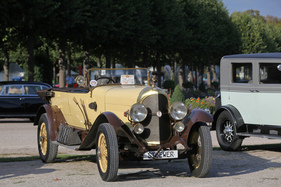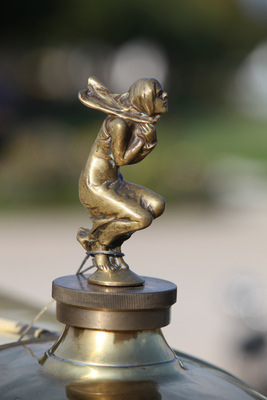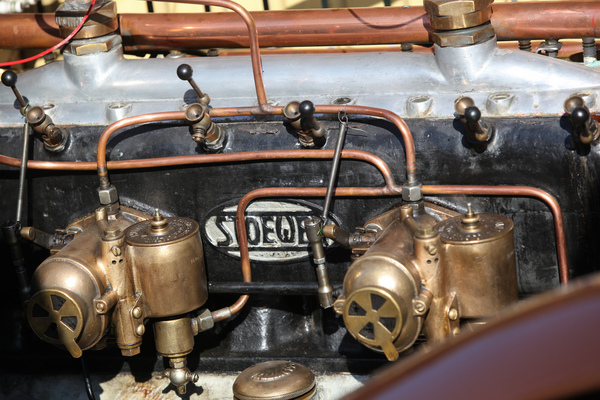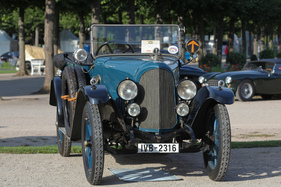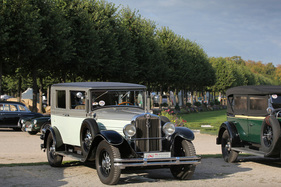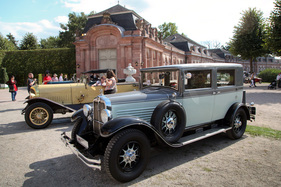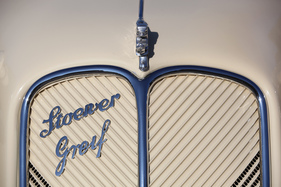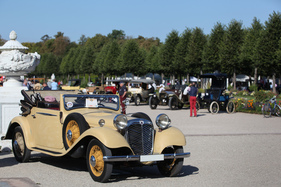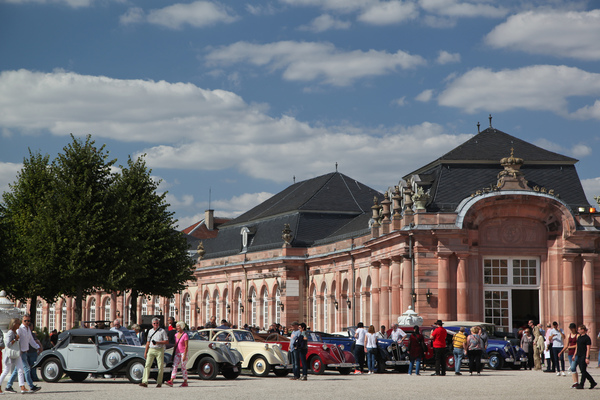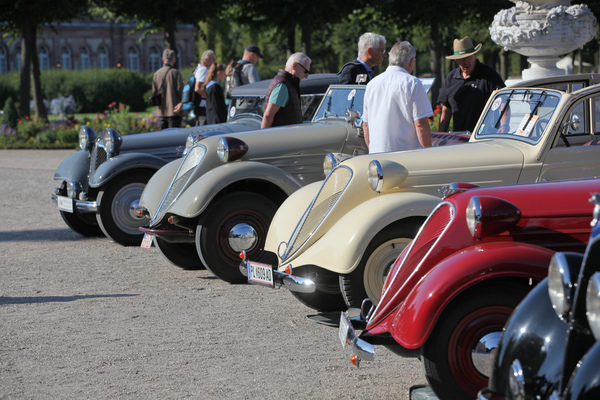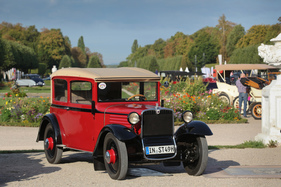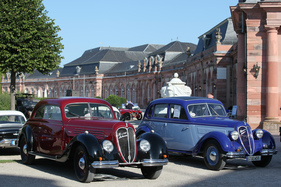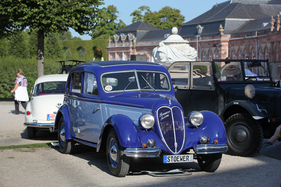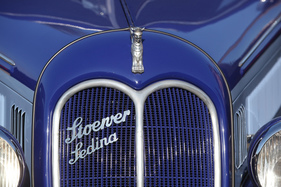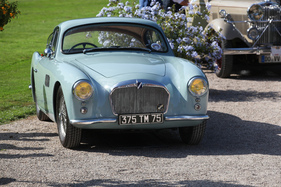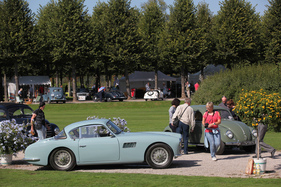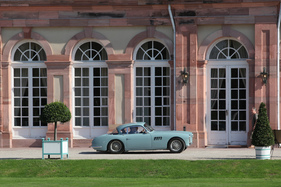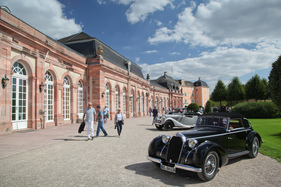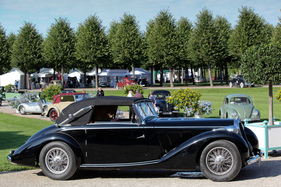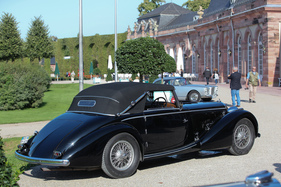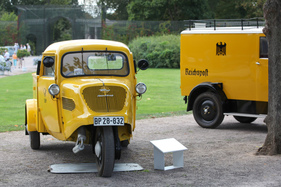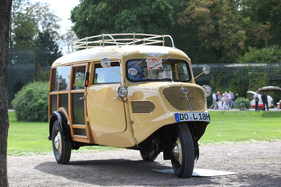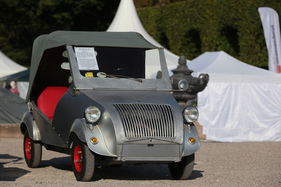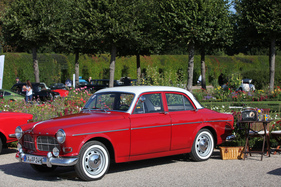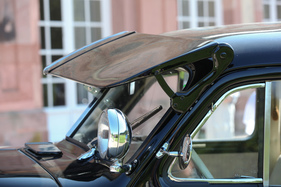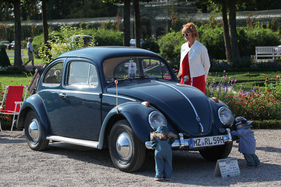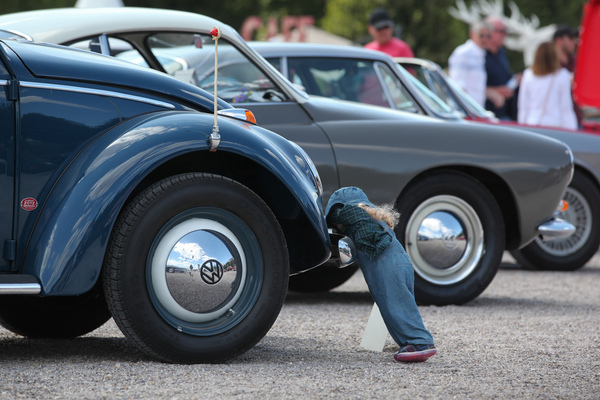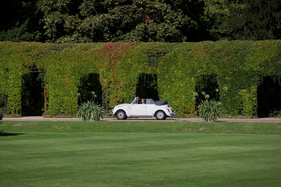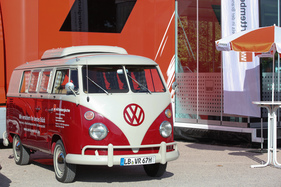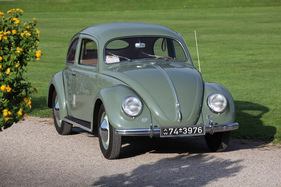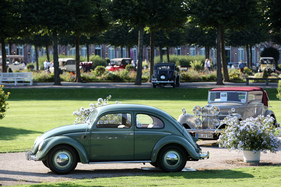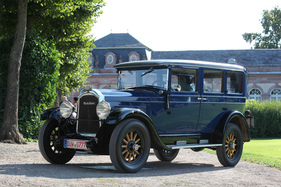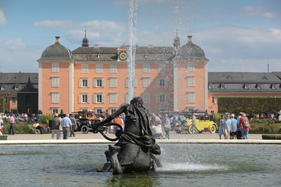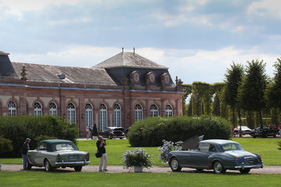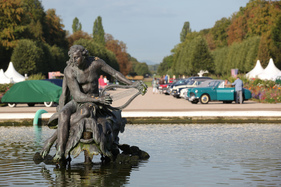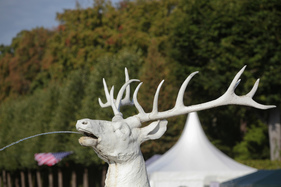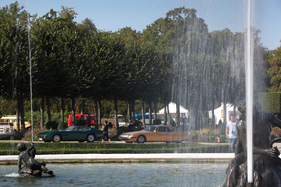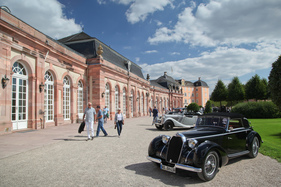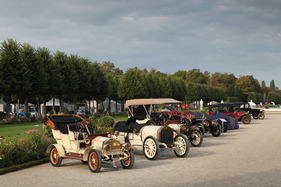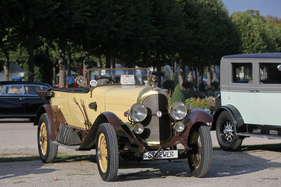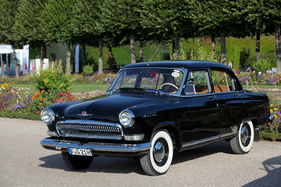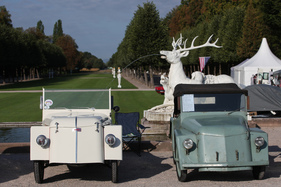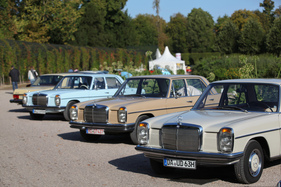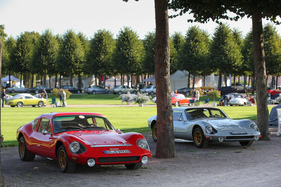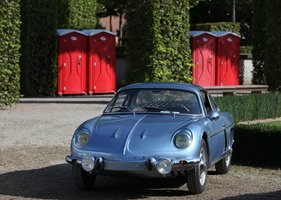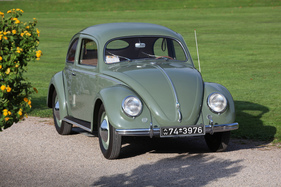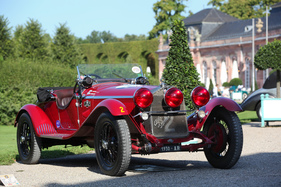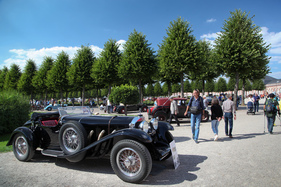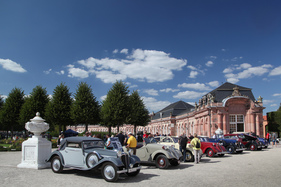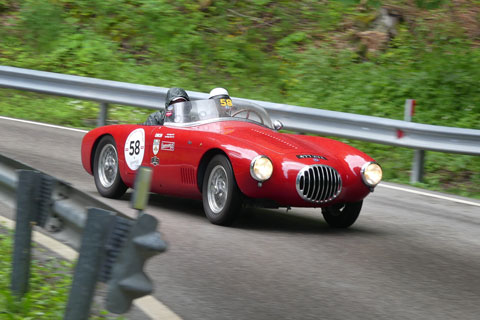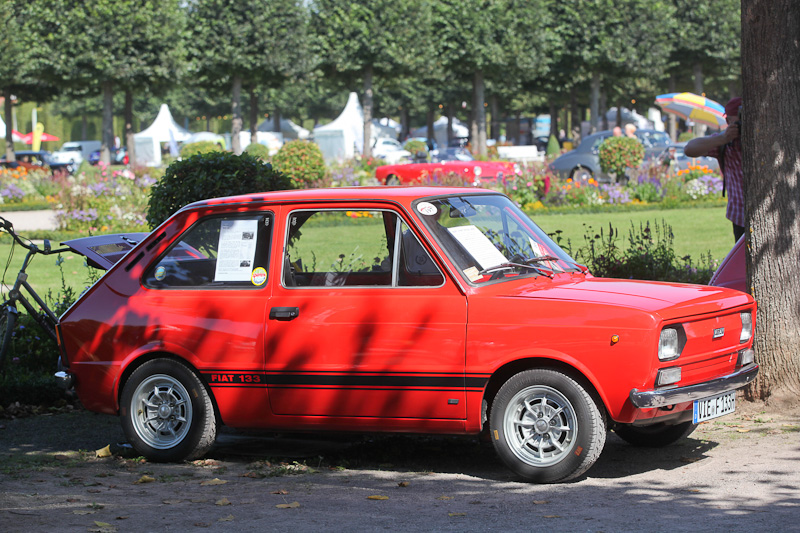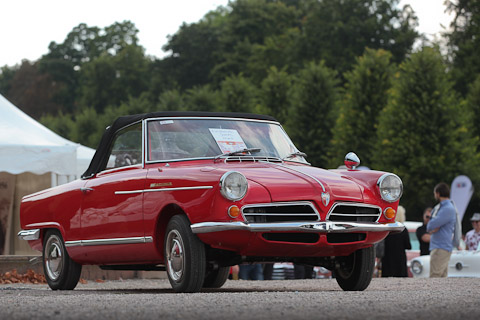Thank goodness the Classic Gala Schwetzingen is still something of an insider tip. Or perhaps the many spectators in the huge park of Schwetzingen Palace are simply better distributed than at other events.
In any case, there is hardly any stress when around 160 cars (there may well be a few more) line up to be admired in the extremely spacious gardens of Schwetzingen Palace, whose history as a moated castle dates back to 1350.
But it is not just the idyllic overall appearance that makes the event organized by Johannes Hübner so appealing. It is the mix of vehicles.

Although there are also sports cars from Porsche, Ferrari and Maserati to admire in Schwetzingen, they play a minor role. They are literally pushed into the corner by the small cars in the center, for example.
In addition to the small cars, the early and special car models from the pre-war period, which are otherwise all too rarely seen, also catch the eye every year.
The unique Stoewer special show
However, the Stoewer special show provided a huge exclamation mark at the 14th Classic Gala, which took place from August 31 to September 2 in good weather conditions!
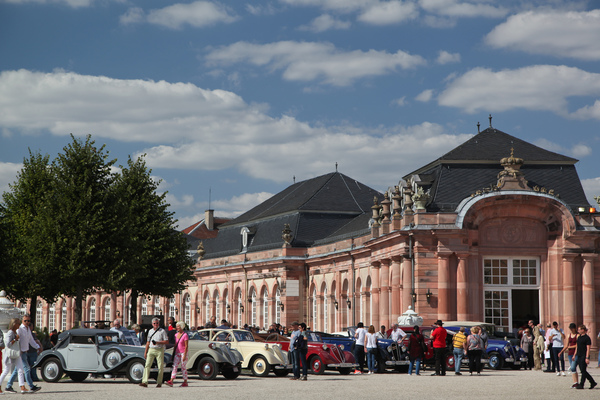
Nowadays, the car manufacturer Stoewer is only known to experts. Between 1899 and 1945, the company, which built some of the most modern vehicles of the time out of Szczecin, was one of the best-known manufacturers of all.
It began with three experimental cars from 1899, some with single-cylinder engines, some with two-cylinder engines. Then, in 1901, the first commercially available Stoewer came out, with 10 hp, which was soon followed by more powerful variants with 20 and 40 hp until 1905. Because it was not so easy to convince rich people of their own product at the time, from 1908 Stoewer built a people's car called the G4, which was suitable for everyday use with a small four-cylinder engine and was good for a production of 1070 units.
The company was able to build on its success and a large number of cars with four and six cylinders were produced before and after the First World War, the most famous of which was the D3, which was sold 2000 times.
In the late 1920s, eight-cylinder luxury vehicles were also produced, but only a short time later, the first series-produced car with front-wheel drive and a V4 engine was presented at the 1931 Berlin Motor Show as the "V 5". The V 5, which was built around 2100 times, was followed by the R140 in 1932, which now coupled an in-line four-cylinder engine with front-wheel drive.
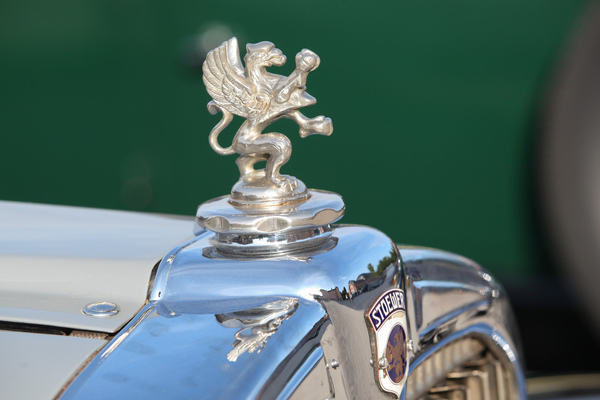
The "griffin" was already used as the heraldic animal at that time and this mascot soon gave its name to a wide variety of passenger cars with a water-cooled V8 and air-cooled four-cylinder front engine. A Tatra license was used for the smaller car, which covered the chassis and engine. By 1939, 4000 cars had been built, more than any other Stoewer.
The Sedina and Arkona models were still on the market until 1939, but production had to be discontinued after 210 units due to the Second World War.
After the war, car production was discontinued, resulting in a total of around 41,000 vehicles being produced, of which no more than 260 survived. Around a dozen of them could be admired directly in front of the castle, a presumably unique collection at an open-air event.
Luxurious rarities
Lord Rupert Guinness, best known for his brewery and the Book of Records, also afforded himself many luxuries, including a Rolls-Royce 20/25 HP with special equipment to make journeys between his country estate and London as comfortable as possible.
The car has survived and is still in its original condition, complete with logbook and tools. You could admire it in Schwetzingen and see that good vehicle care is worthwhile after all.
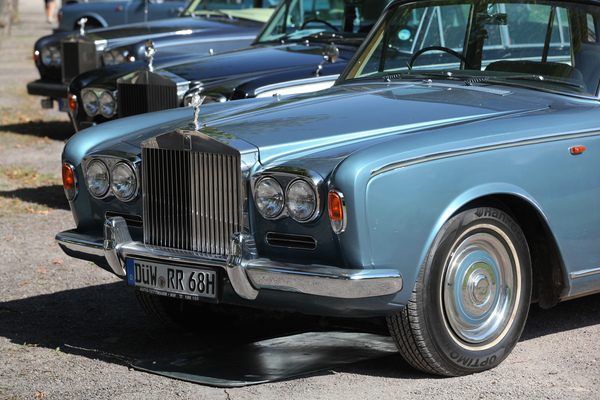
This was certainly true of the many Rolls-Royces on display, which had found their way to Schwetzingen and were much admired by the visitors.
The Fafnir from 1904, the Mercedes Simplex and the Adler 18/35 from 1909, all from the first decade of the 20th century, were also exceptionally rare, a time when only the richest people could afford an automobile, even if they liked to drive it themselves or even wanted to assemble their own car, as the Fafnir factories made possible.
Small and large Gaz
The vehicles with the name Gaz come from a completely different region and time. Three of these limousines, which are certainly rare in this country, were on display.
While the Gaz 13 Chaika, built in the sixties and seventies, was primarily suitable for political celebrities and rulers, the Gaz M21 Volga was also intended to appeal to "normal" people. It also had a pretty body, but certainly lagged behind the Western models in terms of technology.
The likeable little ones
Every year in Schwetzingen, the very small cars, whether they are called Messerschmitt, Goggomobil or Champion, always provide a lot of fun. They also hold their own concours among themselves.
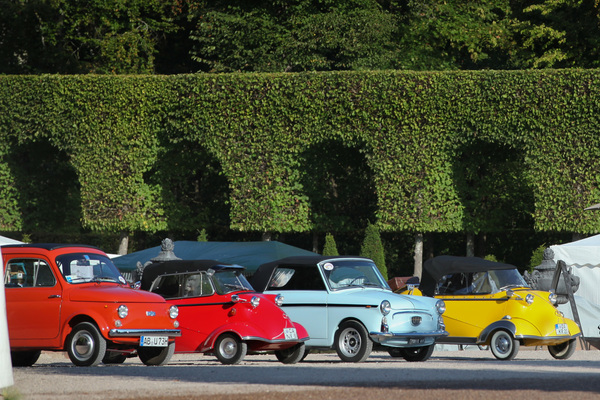
In 2018, there were also two almost forgotten small Swabian cars on display. The Hurst 250, which was produced from 1946 onwards. Its builder, Arthur Friedrich Hurst, had the war invalids in mind as his target group, which is why almost all the controls were arranged around the handlebars.
After only 47 units had been built, production ended in 1950 because no reasonable financial basis could be found for continued production.
Stroke eight in the anniversary year
It is actually hard to believe that the Mercedes-Benz W115 model series is already fifty years old. The lines designed by Paul Bracq were timeless and understatedly elegant. The vehicles were safe to drive and of convincing quality, which also made them a popular choice for cab companies.
Despite being produced in their millions, the cars have now become rare, making the variety of Stroke Eights on display in Schwetzingen for the 50th anniversary all the more pleasing.
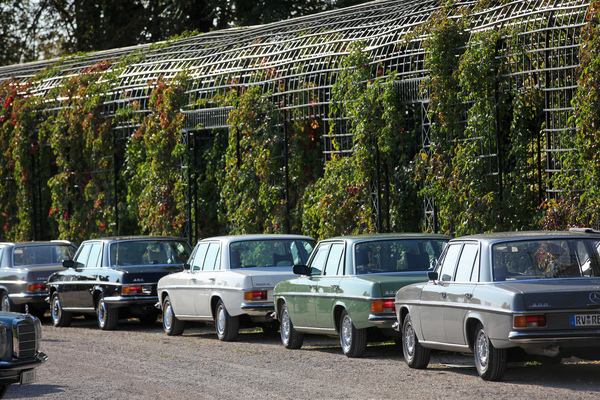
Other vehicles also celebrated their 50th birthday, such as the BMW M1, which was able to commemorate its fortieth in the midst of an entire BMW parade.
A truly entertaining and educational foray
If you wanted to see and experience everything in Schwetzingen, it was best to put on good walking shoes. Most of the time, you had to walk through the rows several times to have an informative chat with a vehicle owner. However, the many documentation boards alone were extremely informative.
Walking through the park paths, you came across a Peugeot 505 GTI or two Melkus RS 1000s, for example. Further back, you could see a now extremely rare Alpine A 108 or one of the only 337 Porsche 959s ever built.
And just around the corner, you could also see the VW Beetle or the Fiat 1100, former bread-and-butter cars that are unfortunately less common today than some exotic cars.
In order not to lose too many words, we recommend the picture gallery to the interested viewer, which shows many of the more than 160 vehicles in over 250 pictures.
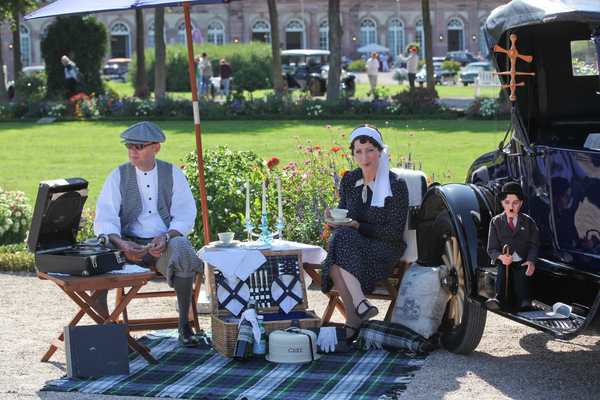
Incidentally, not only the cars were admired, but also their drivers and crews, as some of them appeared in historic dress and invited guests to a picnic in period costume!
Many awards
The Classic Gala Schwetzingen is organized as a Concours d'Elégance. This means that the exhibited vehicles compete for the trophy for the most beautiful and original car, judged by an international jury, whose work is not made any easier by the wide selection of vehicles.
Although the awards are important, it is even more important to show the rare vehicles to a wider audience.
Nevertheless, the intensive inspections of the Concours jury naturally also resulted in the awarding of prizes, which took place on Sunday. Over 90 trophies were presented, with the award ceremony marking the end of the beauty contest, which was watched by more than 22,000 visitors.
The sporty Alfa Romeo 6C 1750 GS Zagato from 1930 was named "Best of Show". The Lancia Flaminia 3C Zagato Coupé from 1963 received the "Design" honorary award.
The "Classic Gala Gold Grand Prize" was awarded to the owner of the magnificent Mercedes-Benz 710 SS Corsica from 1929.
The Stoewer friends, who had certainly made an important contribution to the special show in front of the castle, received the jury's honorary award.
And a 1959 Cadillac Coupé de Ville was awarded the "Best of Show" prize of the highly acclaimed US Car Concours, which has its own area behind the fountain.
The other prizes can be found on the event website .
